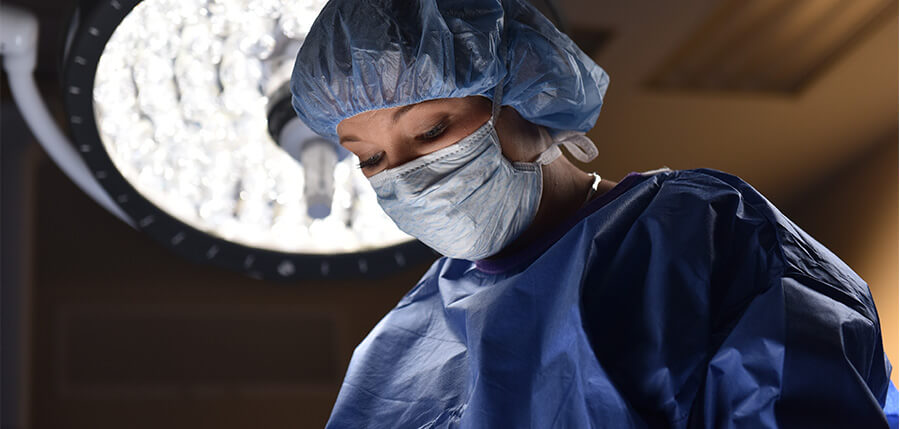
The Differences Between Reconstructive and Plastic surgery
Patients and even some medical providers sometimes feel confused about the differences between reconstructive and plastic surgery. Generally speaking, reconstructive surgery seeks to correct a congenital defect a patient was born with or acquired through some type of trauma. Most health insurance companies offer full or partial coverage for a reconstructive surgical procedure for this reason. Plastic surgery, on the other hand, is typically voluntary and done for the primary purpose of enhancing appearance. Most insurers don’t cover plastic surgery procedures unless they are also performed for medical purposes.
Categories of Reconstructive Surgery
Reconstructive surgeons may place patients into one of two categories. The first includes those who have congenital defects, which they may also refer to as birth defects. Examples include ear malformations, webbed fingers, and a cleft palate. Patients with acquired deformities make up the second category of those requiring surgery. These are people who have sustained burns, lacerations, broken bones, and other abnormalities in an accident. They may also have a disease or infection that limits normal body functioning, such as acquired surgical deformities due to cancer resections. Reconstructive surgery often enhances appearance as well, but its primary purpose is to restore function.
Common Plastic Surgery Procedures
Patients who are dissatisfied with some aspect of their appearance no longer have to just make the best of it. Plastic surgery, also called cosmetic surgery, makes it possible to improve virtually any part of the body until it meets with the patient’s standards. Below is a list of the 10 most common plastic surgery procedures as reported by CBS News:
- Abdominoplasty (Tummy Tuck): Even those who are at their ideal body weight sometimes have excess flabby skin that they want to remove or reshape. A tummy tuck tightens muscles that may have been stretched by pregnancy as well as weight gain or loss in general.
- Blepharoplasty (Eyelid Surgery): This popular type of plastic surgery reduces the appearance of bagginess by removing skin or adding volume to the eyelids. It can be performed on the upper eyelids, lower eyelids, or both.
- Breast Augmentation: In this procedure, a plastic surgeon increases the size and fullness of a woman’s breasts by implanting solid silicone implants, or silicone implants filled with saline. This can also be a reconstructive procedure when a woman loses one or both breasts to cancer.
- Dermabrasion: During the process of completing a dermabrasion, a doctor removes part or all of the top layer of skin on the face to disguise acne scars, accident scars, wrinkles, and more. This skin underneath the top layer moves towards the top and gives the patient a clearer face.
- Forehead Lift: Also called a brow lift, this type of plastic surgery raises the forehead to decrease the appearance of wrinkles, eliminate frown lines caused by aging, and correct drooping eyelids. It can help both men and women look significantly younger than they actually are.
- Liposuction: This procedure removes excess fat from various areas of the body, including the arms, legs, and abdomen. It is not a weight loss tool, but can help firm up areas of stubborn body fat.
- Mastopexy (Breast Lift): Women request this procedure to correct breast sagginess and increase cleavage lines. The surgeon removes excess skin while reshaping breast tissue at the same time.
- Otoplasty: This surgical procedure corrects cosmetic problems of the ear. People seek to have an otoplasty when their ears extend out too far, are too large or too small, are pointed, or have unattractive indents.
- Rhinoplasty (Reshaping of the Nose): People who feel their nose is too large, too small, or at an awkward angle can change its appearance with a rhinoplasty. This procedure is also appropriate for large bumps in the nose.
- Rhytidectomy (Face Lift): A face lift tightens wrinkled, sagging skin and improves fullness and volume lost to aging. It may need to be repeated at a later date.
Please note, the information provided throughout this site is not intended or implied to be a substitute for professional medical advice, diagnosis or treatment. All content, including text, graphics, images, and video, on or available through this website is for general information purposes only. If you are experiencing relating symptoms, please visit your doctor or call 9-1-1 in an emergency.
